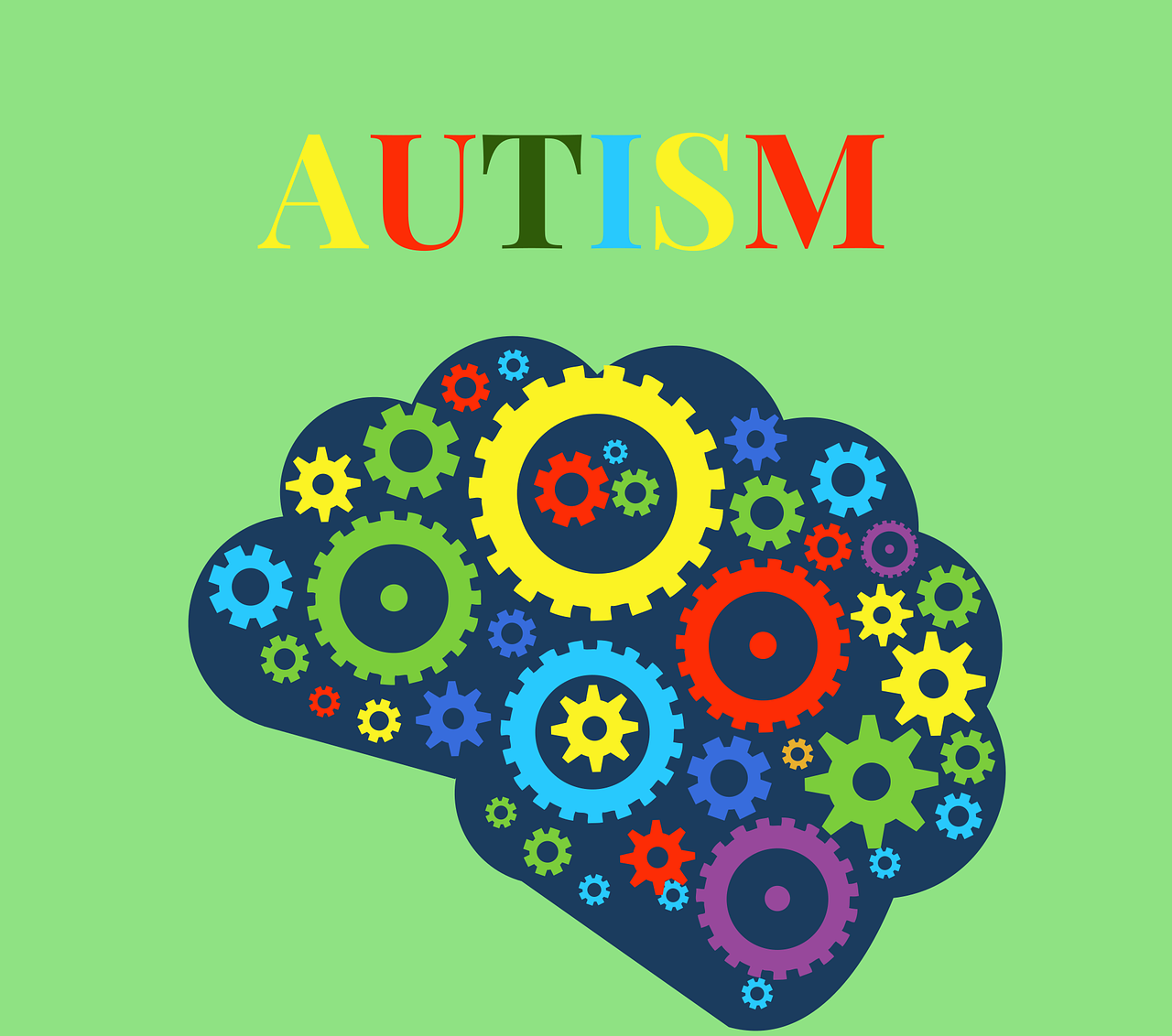
Chakra Healing in Autism: Understanding a Complementary Approach
Autism Spectrum Disorder (ASD) is a complex neurodevelopmental condition that affects individuals in various ways, including challenges with social interaction, communication, and behavioral patterns. While conventional therapies and interventions are crucial for supporting individuals with autism, some families and practitioners have explored complementary approaches, including chakra healing. This article aims to provide an informative overview of chakra healing in the context of autism, emphasizing that it should be considered a complementary practice and not a replacement for evidence-based treatments.
Understanding Chakras and Energy Healing
Chakras are conceptualized in certain Eastern spiritual traditions as energy centers within the body. The chakra system includes seven main chakras, each associated with specific physical, emotional, and spiritual aspects of well-being. Energy healing practices, including chakra healing, are based on the belief that balancing these energy centers can promote overall health and wellness.
It’s important to note that while many people find chakra healing beneficial for general well-being, its effectiveness in treating specific medical conditions, including autism, is not scientifically proven. Always consult with healthcare professionals for medical advice and treatment.
Chakra Healing and Autism: Theoretical Perspectives
Some practitioners of energy healing believe that individuals with autism may experience imbalances in certain chakras, particularly those associated with communication, social interaction, and sensory processing. The theory suggests that working to balance these chakras might help address some of the challenges associated with autism. However, it’s crucial to understand that this is a theoretical perspective not supported by scientific evidence.
The chakras commonly focused on in relation to autism include:
1. Throat Chakra: Associated with communication and self-expression.
2. Heart Chakra: Linked to empathy, social connections, and emotional processing.
3. Third Eye Chakra: Connected to intuition and sensory processing.
4. Root Chakra: Related to feelings of safety and grounding.
Chakra Healing Techniques
Practitioners of chakra healing may use various techniques to work with these energy centers:
1. Meditation and Visualization: Guided meditations focusing on specific chakras.
2. Color Therapy: Using colors associated with each chakra in various ways.
3. Sound Therapy: Employing specific tones or mantras for each chakra.
4. Crystal Healing: Placing crystals on or around the body.
5. Reiki: A form of energy healing that may incorporate chakra balancing.
It’s important to emphasize that these techniques should never replace conventional therapies or medical treatments for autism. They should only be considered as complementary practices, if at all.
Potential Benefits and Limitations
While scientific evidence for chakra healing in autism is lacking, some families report perceived benefits from incorporating these practices into their overall care approach. These anecdotal benefits may include:
1. Relaxation and stress reduction
2. Improved sleep quality
3. Enhanced emotional regulation
4. Increased body awareness
However, it’s crucial to approach these reports with a critical mind and understand that individual experiences can vary greatly. The placebo effect and the calming nature of many energy healing practices may contribute to perceived benefits.
Limitations and considerations include:
1. Lack of scientific evidence: There is no scientific proof that chakra healing can treat or cure autism.
2. Potential for misunderstanding: Chakra healing should not be seen as a “fix” for autism, which is a neurodevelopmental condition, not an energy imbalance.
3. Risk of delay in seeking proven therapies: Focusing solely on alternative practices may delay access to evidence-based interventions crucial for supporting individuals with autism.
Integrating Chakra Healing with Conventional Therapies
For families interested in exploring chakra healing as a complementary practice, it’s essential to maintain open communication with healthcare providers and therapists. Here are some guidelines for a responsible approach:
1. Prioritize evidence-based interventions: Ensure that the individual with autism is receiving recommended therapies and treatments from qualified professionals.
2. Consult with healthcare providers: Discuss any interest in complementary practices with doctors and therapists to ensure they don’t interfere with ongoing treatments.
3. Set realistic expectations: Understand that chakra healing is not a cure for autism and should not be expected to dramatically alter core autism traits.
4. Choose qualified practitioners: If deciding to explore chakra healing, seek out reputable practitioners who have experience working with individuals with autism and who respect the boundaries of their practice.
5. Monitor effects: Keep track of any changes in behavior, mood, or well-being when incorporating chakra healing practices, and share this information with healthcare providers.
6. Maintain a balanced approach: View chakra healing as one small part of a comprehensive care plan that includes evidence-based therapies, education, and support.
Ethical Considerations
When discussing chakra healing in the context of autism, it’s crucial to address ethical considerations:
1. Respecting neurodiversity: Autism is a form of neurodiversity, not a condition that needs to be “cured” or “fixed.”
2. Avoiding false hope: Practitioners should be clear about the limitations of chakra healing and not make promises about its effects on autism.
3. Protecting vulnerable populations: Individuals with autism and their families may be vulnerable to exploitation. It’s essential to approach any alternative practices with caution and skepticism.
4. Emphasizing evidence-based practices: The autism community has fought hard for recognition and support of evidence-based practices. Complementary approaches should not undermine these efforts.
Conclusion
Chakra healing, when viewed as a complementary practice, may offer some individuals with autism and their families a way to explore relaxation, stress reduction, and overall well-being. However, it’s crucial to approach this practice with a clear understanding of its limitations and to maintain a primary focus on evidence-based therapies and interventions.
Autism is a complex neurodevelopmental condition that requires comprehensive, individualized support. While some families may find value in exploring complementary practices like chakra healing, these should never replace proven therapies or medical treatments. Always consult with healthcare professionals and autism specialists when considering any new approaches to support individuals with autism.
By maintaining a balanced, informed perspective, families can make decisions that best support the unique needs and well-being of individuals with autism, while respecting the importance of scientific evidence and ethical considerations in autism care.